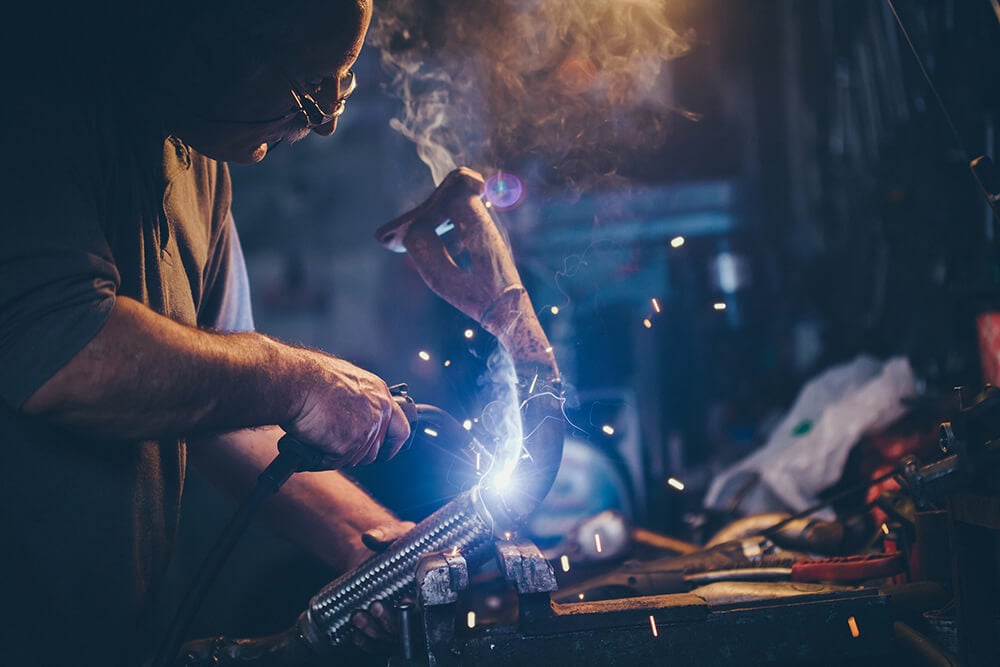Extrusion Best Practices: Tips and Tricks from Industry Experts Chris Rauwendaal and Bob Bessemer
At this year’s Oden Extrusion Data Conference, attendees gained insight into both the importance of being a data-driven culture and the ways to increase the quality and efficiency of an extrusion line. Whether you’re looking to truly live by Lean manufacturing principles or are trying to improve your root-cause analysis process, this list is a must-read:
- Collect critical metrics to understand vital signs of extrusion data. These should always, without exception, be digitally recorded. Metrics include, but are not limited to:
- Melt temp
- Melt pressure
- Motor load
- Screw speed
- Heating zone temperatures
- Power consumption for barrel heaters
- Line speed
- Continuous, in-line dimensional readouts
- Blending metrics are critical to show throughput, compound temperature, and volume. At also allows you to control for the many variables living in that section of the process that have a downstream impact on quality and throughput.
- Monitor and control the temp of the feed throat on blenders.
- Install automatic screen changers for total control and consistency.
- Water drool in the cooling trough causes inconsistent heat transfer and thus concentricity issues.
- Record and regulate cooling water. Monitor turbulence. Spray cooling is an advanced option to make cooling much more consistent.
- Drying: temperature, dew point, time, and airflow are all variables affecting your product and should be tracked.
- Use IR thermometers in addition to immersion melt thermocouples – they allow for better compound flow in the extruder, are more accurate, and don’t risk poisoning compound with mercury. They’re less expensive than you think.
- Track pressure variation at all times! Pressure variation causes throughput variation, which then causes dimensional variation.
- Barrel pressure plotted over time is a good measure of process stability.
- Like IR thermometers, optical pressure transducers are superior to traditional ones.
- Melt temps vary much more than you think! Solve that with IR thermometers tied to a data acquisition system. Otherwise you’ll see Inner Diameter waviness and other quality problems.
- A barrier screw is preferred over a non-barrier screw.
About the Experts:
Dr. Chris Rauwendaal is a well-known author, lecturer, researcher, entrepreneur, and consultant in the field of extrusion. He holds numerous patents and has written more than 200 articles and seven books related to extrusion, mixing, injection molding, and statistical process control.
Bob Bessemer has worked for several downstream plastics extrusion equipment manufacturers both with engineering/development and sales over the past 34 years. He also has 6 patents across developing, sizing, and cutting equipment specific to medical and pharma applications. A major goal is to eliminate the so-called “Black Art” to increase control of the extrusion process.

